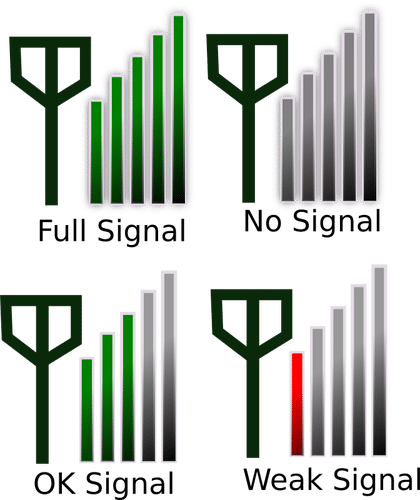Appropriation occurs when a user takes a design and puts it to use in a way that wasn’t anticipated by the designer. This can have real benefits for a product; it enables the product to become more useful and can increase the product’s appeal to different audiences and increase its market life too. However, how do you design for things that you can’t or don’t anticipate? It sounds like a confusing riddle doesn’t it?
Alan Dix’s - 7 Guidelines for Design for Appropriation
Alan Dix, the HCI expert and University Professor, offers 7 design guidelines that help get you thinking about appropriation in the design process:
1. Allow for Interpretation
Many systems deny the user the ability to interpret how something may be used. For example, it is very common for websites to try and validate a post code field – if the field is incorrectly completed; it prevents the user from doing anything until the post code is in the correct format. This is designed to ensure that users always provide the right data.
There are good arguments for doing this but in turn; it also prevents the user from using that field for anything but a postcode. Thus they are prevented from appropriating that field for their own use.
Allowing for interpretation assumes that you will leave at least some parts of the system open for the user to determine how they should be used. This in turn enables appropriation of that system by the user.
2. Provide Visibility
Providing visibility means providing more information about a system state than you expect the user to require. For example; on a mobile phone you will have a signal strength indicator. Really, users should only need to know if there is a signal available or not. However, the strength indicator enables the user to seek better strength signals if things are not working well on their call.
Appropriation can occur when a user is offered increased levels of information and can then adapt that information to their purpose.

Author/Copyright holder: Public Domain Vectors. Copyright terms and licence: Free to Use.
3. Expose Intentions
One area of concern for designers is that their designs may be subverted into appropriation e.g they are used for the opposite purpose that the designer intended that product to be used for. If you want to guard against subversion it can be very useful to make your intentions for the use of a product clear to the user; this will act as a note of caution for the would-be appropriator and can help keep appropriation within acceptable limits.
4. Support, not Control
This is about balancing automation within a system and providing exactly what the user wants (without their ability to control the process after initiating it) which makes it difficult for the user to appropriate any part of that process and providing a less efficient process but which provides the user greater control over the process which enables them to appropriate that process.
5. Plugability and Configuration
It is possible to design products with the intent of users being able to freely modify that product; a great example of this is computer gaming. Games like Morrowind (a role-playing game) have become firmly established with long levels of longevity because there is a community catering to constant modifications of the game. A computer game will often have a shelf-life of 2-3 years before its user base dwindles but modification communities which allow total user appropriation can extend that to 10 (or more) years.
 Author/Copyright holder: Morrowind Modding Showcases. Copyright terms and licence: Fair Use.
Author/Copyright holder: Morrowind Modding Showcases. Copyright terms and licence: Fair Use.
6. Encourage Sharing
When users appropriate a design it can be very useful to encourage users to share that appropriation with the community of users. Today this is incredibly easy for product designers with the advent of social media – user communities can be brought together easily online and be encouraged to share their ideas and appropriations with each other.
This kind of sharing requires active involvement from the design team to encourage and even reward types of appropriation. Again the computer game industry is a great example of where sharing communities can really drive appropriation.
7. Learn from Appropriation
The final step in the process is to learn from appropriation. If you can discover how your designs are being appropriated; you can begin to adopt those appropriations into your designs. This allows you to make clear the appropriated uses to a wider audience (those that aren’t part of an active community of users) and ensure that appropriation brings maximum benefits to the product team.

Author/Copyright holder: Jay Morrison. Copyright terms and licence: CC BY-NC-ND 2.0
The Take Away
You can’t anticipate how your designs will be appropriated. You can, however, design with appropriation in mind; by allowing for interpretation, providing visibility, exposing intentions, supporting not controlling, allowing plugability and configuration, encouraging sharing and learning from the appropriation of your designs.
References
The 7 guidelines are reported as told to the Interaction Design Foundation by Alan Dix. You can find out more about Alan Dix here.
Hero Image: Author/Copyright holder: Jon Åslund. Copyright terms and licence: CC BY 2.5











